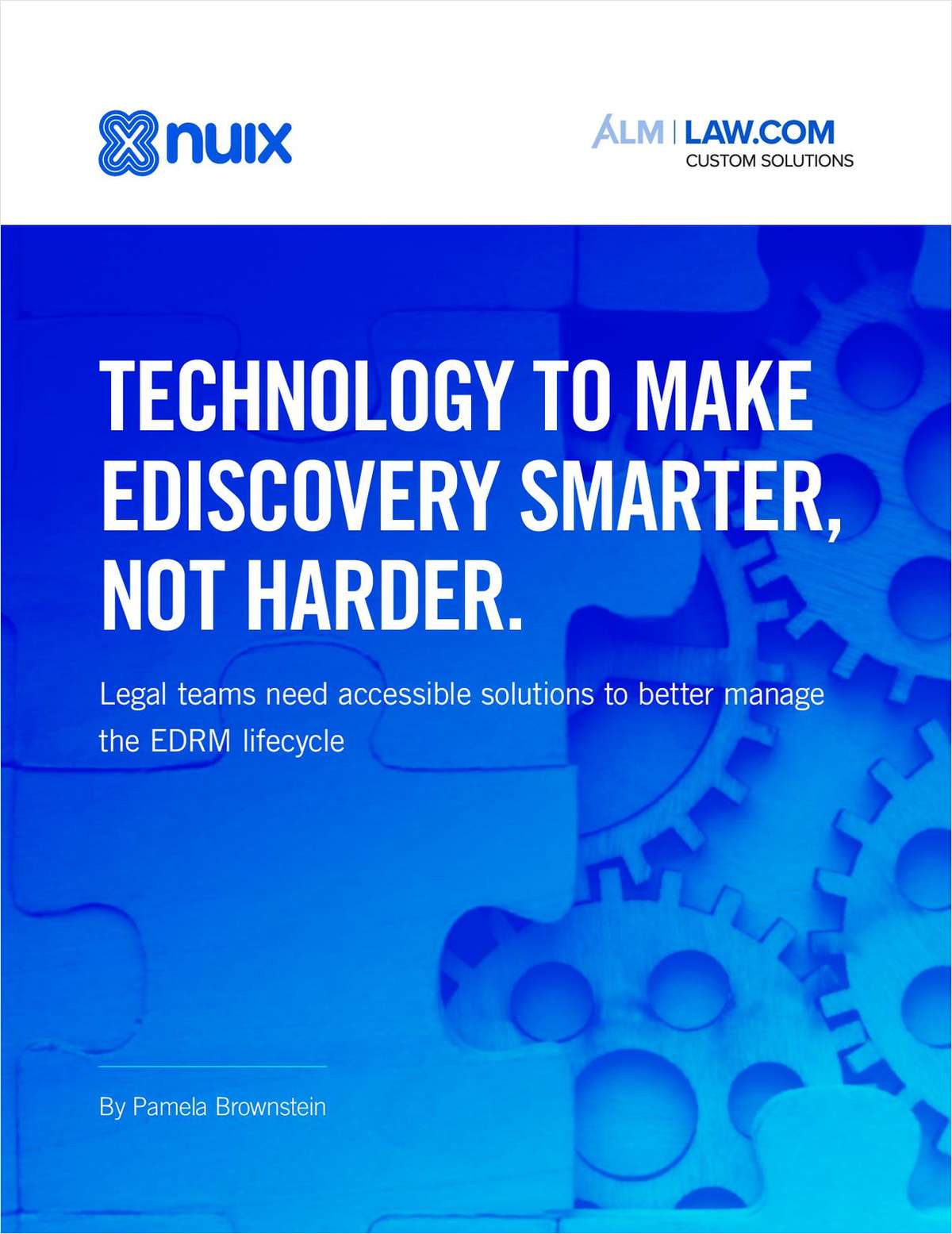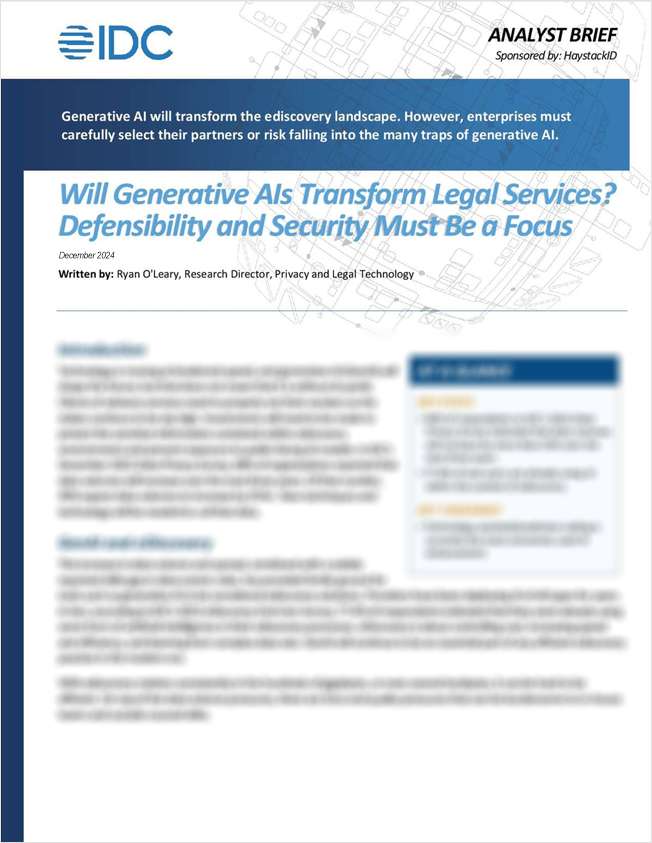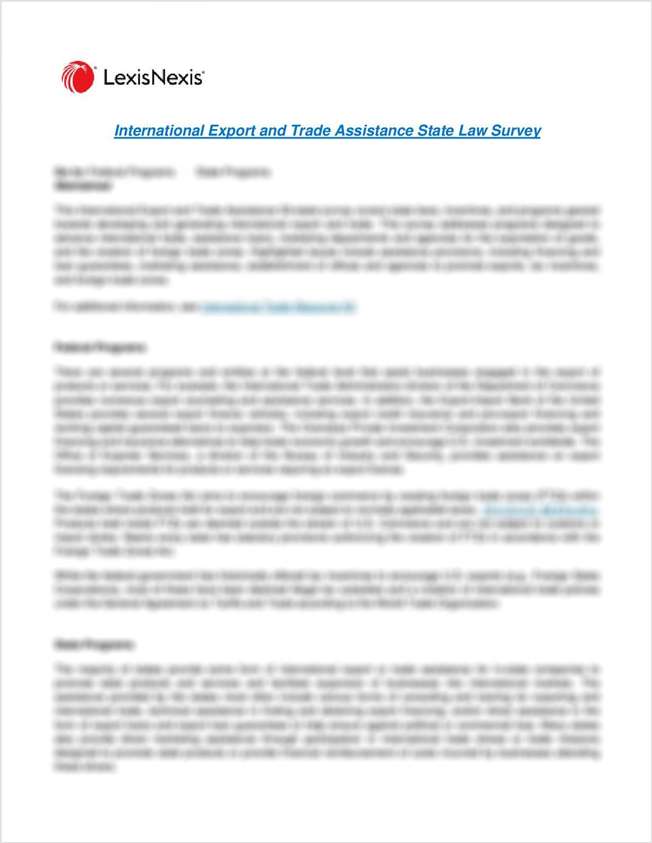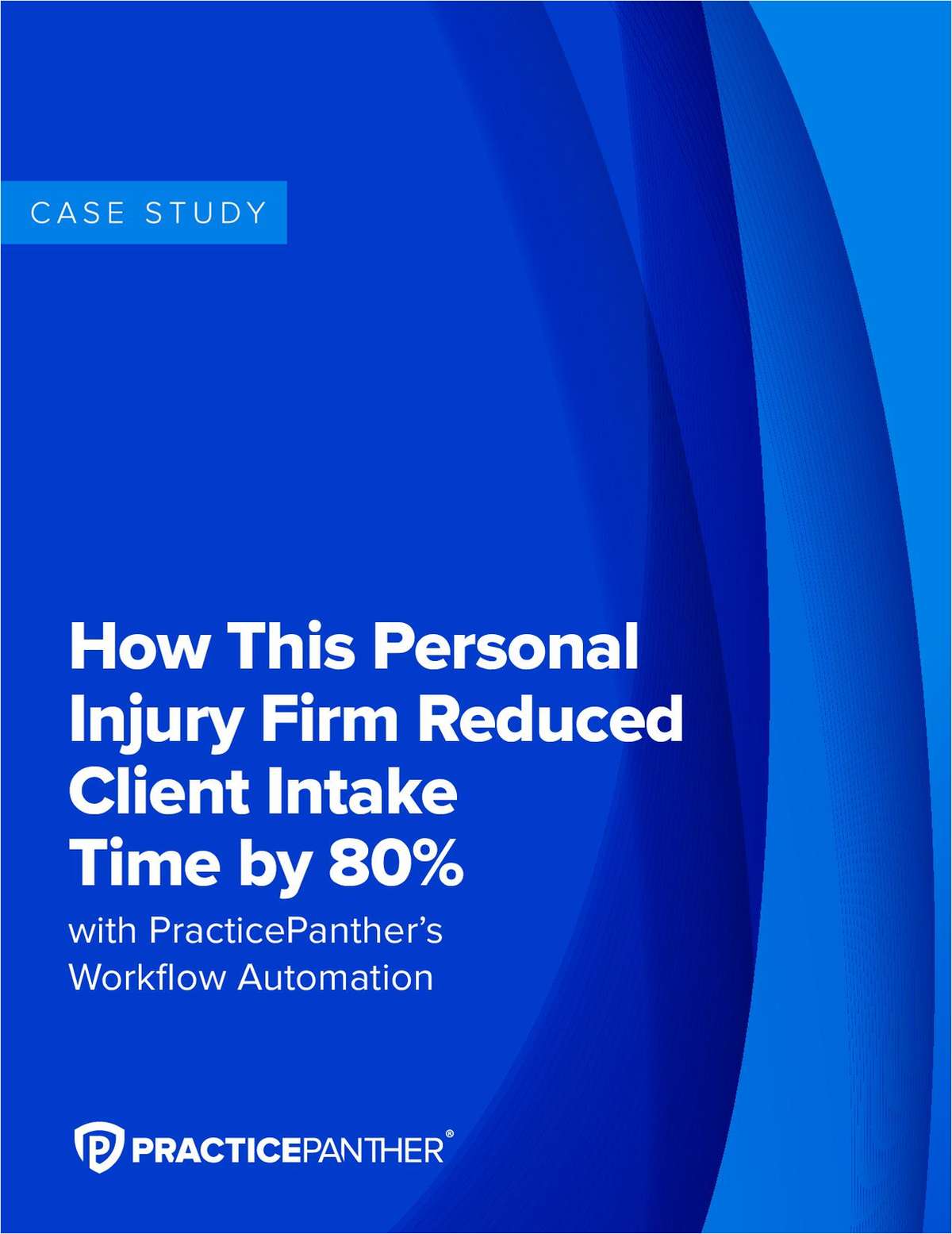LLM Customization With A Path to Human Inventorship and Patent Rights
A statutory predicate to the contractual outcome regarding ownership of patent rights is the requirement of a sufficient contribution by a natural person in the effort that yielded the invention. The issues implicated by this requirement are one development among more to come as patent law and policy try to catch up to proliferating AI technology.
May 22, 2024 at 11:14 AM
9 minute read
What You Need to Know
- Organizations across all industries are adopting generative AI systems, with pretrained LLMs - both proprietary and open source, as critical components of their business strategy.
- LLM usage by an organization can potentially result in an output that constitutes an invention like those on which thousands of U.S. patents are granted every year.
- The current U.S. Patent Office guidance on human inventorship is helpful to imperfectly inform patent strategies for customized LLM outputs.

Organizations across all industries are adopting generative AI systems as critical components of their business strategy. These systems often take the form of hosted or on-premises pretrained large language models (LLMs), both proprietary and open source. Organizations acquiring access to pretrained LLMs from a small but growing list of providers can apply various customization techniques. Once customized, LLM usage by an organization can potentially result in an output that constitutes an invention like those on which thousands of U.S. patents are granted every year. As just some examples, a suitably customized LLM could generate a technique to determine a navigation plan consistent with an ODD associated with an autonomous vehicle, an algorithm to predict disease onset based on clinical and environmental factors, or computer code to detect malware by overcoming dynamic obfuscation attempts.
Typical license provisions vest ownership of intellectual property rights in such output in the organization as user of the LLM. A statutory predicate to the contractual outcome regarding ownership of patent rights is the requirement of a sufficient contribution by a natural person in the effort that yielded the output. The issues implicated by this requirement are one development among more to come as patent law and policy try to catch up to proliferating AI technology.
This content has been archived. It is available through our partners, LexisNexis® and Bloomberg Law.
To view this content, please continue to their sites.
Not a Lexis Subscriber?
Subscribe Now
Not a Bloomberg Law Subscriber?
Subscribe Now
NOT FOR REPRINT
© 2025 ALM Global, LLC, All Rights Reserved. Request academic re-use from www.copyright.com. All other uses, submit a request to [email protected]. For more information visit Asset & Logo Licensing.
You Might Like
View All
Boston IP Firm Avoids Time-Barred Legal-Malpractice Suit From Tech Company
5 minute read
Brooks Sports Asks Federal Court to Weigh in on Patent Dispute With PUMA

Ouraring Claims Competitor RingConn Infringed on Wearable Tech Patents
3 minute read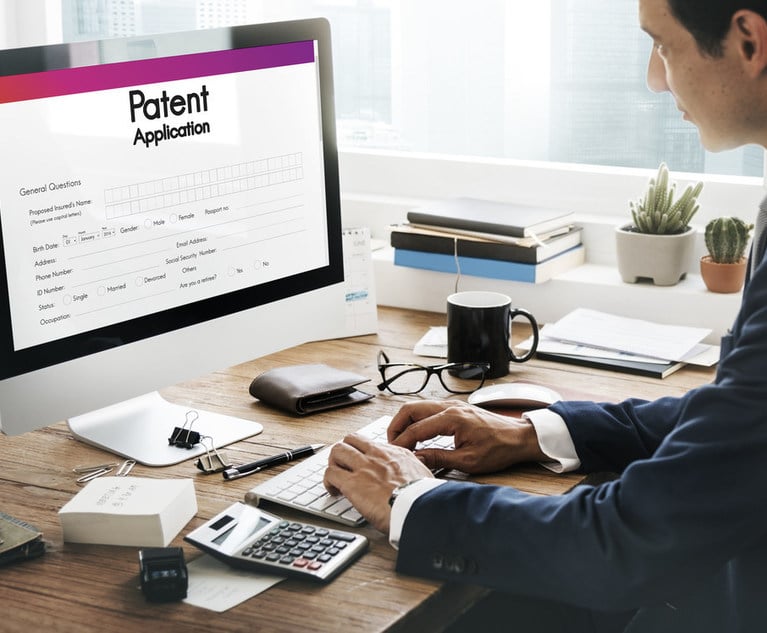
Federal Circuit Decision Clarifies Obviousness-Type Double Patenting and Patent Term Adjustments In 'Allergan v. MSN Laboratories'
7 minute readLaw Firms Mentioned
Trending Stories
- 1Stevens & Lee Names New Delaware Shareholder
- 2U.S. Supreme Court Denies Trump Effort to Halt Sentencing
- 3From CLO to President: Kevin Boon Takes the Helm at Mysten Labs
- 4How Law Schools Fared on California's July 2024 Bar Exam
- 5'Discordant Dots': Why Phila. Zantac Judge Rejected Bid for His Recusal
Who Got The Work
Michael G. Bongiorno, Andrew Scott Dulberg and Elizabeth E. Driscoll from Wilmer Cutler Pickering Hale and Dorr have stepped in to represent Symbotic Inc., an A.I.-enabled technology platform that focuses on increasing supply chain efficiency, and other defendants in a pending shareholder derivative lawsuit. The case, filed Oct. 2 in Massachusetts District Court by the Brown Law Firm on behalf of Stephen Austen, accuses certain officers and directors of misleading investors in regard to Symbotic's potential for margin growth by failing to disclose that the company was not equipped to timely deploy its systems or manage expenses through project delays. The case, assigned to U.S. District Judge Nathaniel M. Gorton, is 1:24-cv-12522, Austen v. Cohen et al.
Who Got The Work
Edmund Polubinski and Marie Killmond of Davis Polk & Wardwell have entered appearances for data platform software development company MongoDB and other defendants in a pending shareholder derivative lawsuit. The action, filed Oct. 7 in New York Southern District Court by the Brown Law Firm, accuses the company's directors and/or officers of falsely expressing confidence in the company’s restructuring of its sales incentive plan and downplaying the severity of decreases in its upfront commitments. The case is 1:24-cv-07594, Roy v. Ittycheria et al.
Who Got The Work
Amy O. Bruchs and Kurt F. Ellison of Michael Best & Friedrich have entered appearances for Epic Systems Corp. in a pending employment discrimination lawsuit. The suit was filed Sept. 7 in Wisconsin Western District Court by Levine Eisberner LLC and Siri & Glimstad on behalf of a project manager who claims that he was wrongfully terminated after applying for a religious exemption to the defendant's COVID-19 vaccine mandate. The case, assigned to U.S. Magistrate Judge Anita Marie Boor, is 3:24-cv-00630, Secker, Nathan v. Epic Systems Corporation.
Who Got The Work
David X. Sullivan, Thomas J. Finn and Gregory A. Hall from McCarter & English have entered appearances for Sunrun Installation Services in a pending civil rights lawsuit. The complaint was filed Sept. 4 in Connecticut District Court by attorney Robert M. Berke on behalf of former employee George Edward Steins, who was arrested and charged with employing an unregistered home improvement salesperson. The complaint alleges that had Sunrun informed the Connecticut Department of Consumer Protection that the plaintiff's employment had ended in 2017 and that he no longer held Sunrun's home improvement contractor license, he would not have been hit with charges, which were dismissed in May 2024. The case, assigned to U.S. District Judge Jeffrey A. Meyer, is 3:24-cv-01423, Steins v. Sunrun, Inc. et al.
Who Got The Work
Greenberg Traurig shareholder Joshua L. Raskin has entered an appearance for boohoo.com UK Ltd. in a pending patent infringement lawsuit. The suit, filed Sept. 3 in Texas Eastern District Court by Rozier Hardt McDonough on behalf of Alto Dynamics, asserts five patents related to an online shopping platform. The case, assigned to U.S. District Judge Rodney Gilstrap, is 2:24-cv-00719, Alto Dynamics, LLC v. boohoo.com UK Limited.
Featured Firms
Law Offices of Gary Martin Hays & Associates, P.C.
(470) 294-1674
Law Offices of Mark E. Salomone
(857) 444-6468
Smith & Hassler
(713) 739-1250





